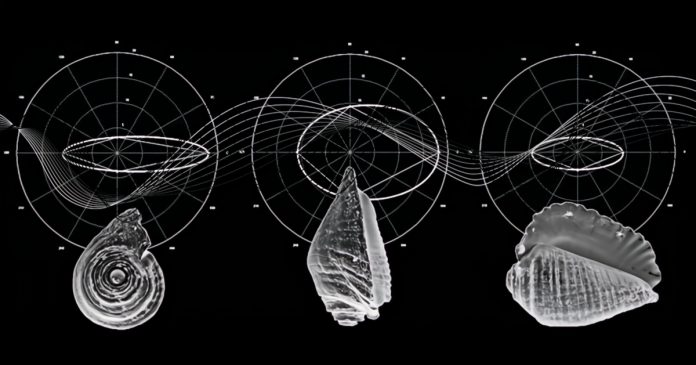The Pututus of Chavín de Huántar, conch-shell horns crafted from Strombus marine shells, reveal a striking story of ancient Andean craftsmanship and musical tradition. Excavated from this UNESCO World Heritage site in Peru, active over 3,000 years ago during the first millennium B.C.E., these instruments offer a glimpse into the rituals of a sophisticated society. Miriam A. Kolar’s 2019 article in the Yale Journal of Music & Religion details their journey from ocean to highland, their skilled performance, and their role in ceremonies, painting a vivid picture of their cultural significance.
From Ocean to Highland: The Journey of Pututus
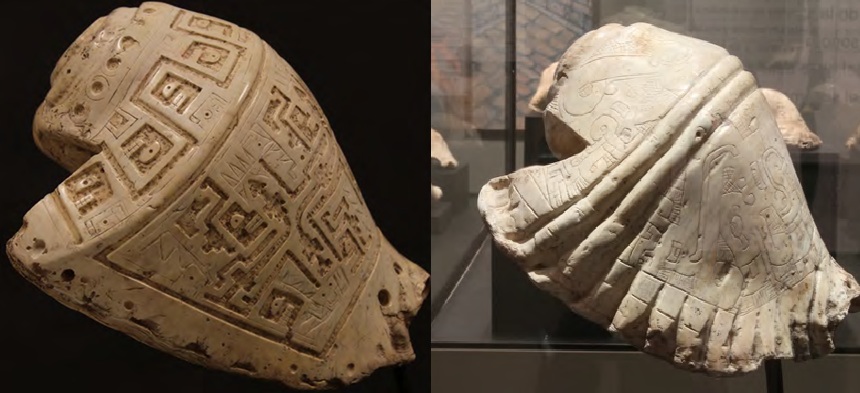
Pututus began as shells from Peru’s coastal waters, transported over 12 days by foot to Chavín de Huántar, a mountain valley site. These shells became prized artifacts. Archaeologists uncovered 21 intact Pututus, each modified with notches and engravings. These carvings, unique to each horn, likely marked the identity of their makers or communities. The effort to bring marine shells to a sierran setting, far from the ocean, underscores their value in Chavín’s culture.
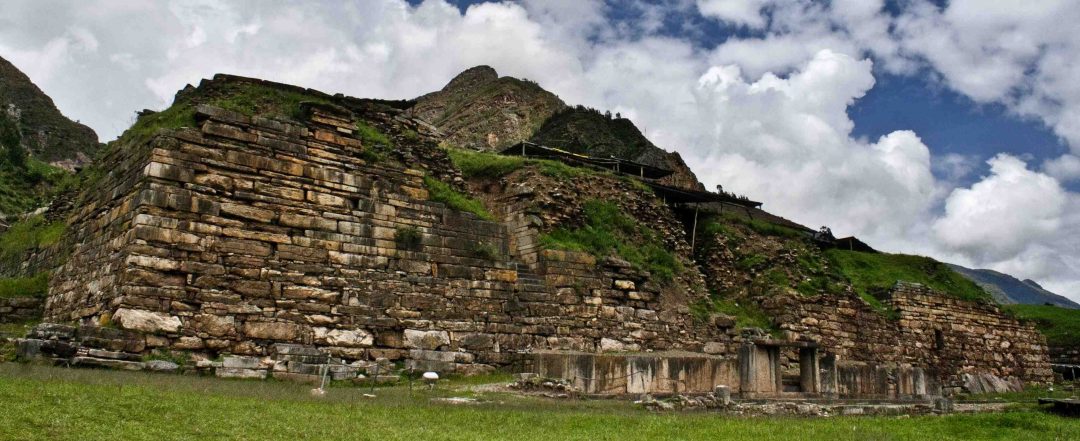
The site itself, a complex of stone-and-earthen-mortar structures, hosted gatherings of people from diverse regions. Its architecture, designed to withstand earthquakes, included plazas and galleries where Pututus were played. The horns’ presence in such a remote location highlights the ingenuity of Chavín’s people, who transformed natural resources into tools for ritual expression.
Crafting Sound: The Art of Performance
Playing a Pututus required skill. Performers used breath and lip tension to produce a range of sounds, loud tonal blasts, rhythmic percussive taps, and breathy whispers. Kolar’s research, spanning 12 years and eight field seasons, documented these techniques through tests with both excavated Pututus and modern replicas. Collaborators like Peruvian musician Tito La Rosa demonstrated methods like fluttertonguing and circular breathing, revealing the horns’ versatility.
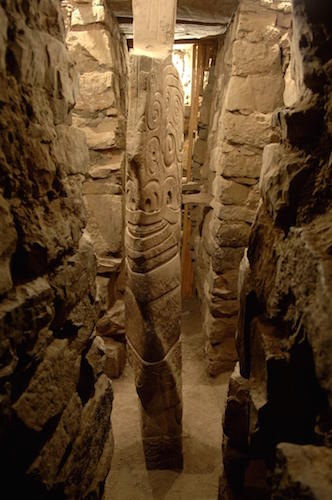
Chavín’s architecture shaped how these sounds were heard. In enclosed galleries, low-frequency tones lingered, creating a drone-like effect. In open plazas, echoes bounced off stone walls, amplifying the horns’ reach. These acoustics, measured with modern tools, suggest Pututus were used to signal across distances or enhance ceremonial moments. Skilled players could adapt their techniques to each setting, making the horns integral to the site’s rituals.
Lanzón Stela, Building B, Chavín de Huántar (photo: Cyark, CC BY-SA 3.0)
Symbols of Status and Identity
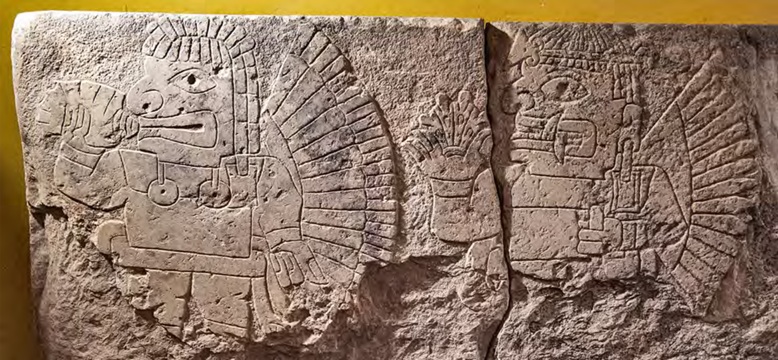
Each Pututus distinct engravings point to a deeper role in Chavín’s social structure. Kolar notes that the carvings, preserved even after notching, likely represented individuals, groups, or regions. Some notches resemble avian wings, adding a visual flair that may have tied to ritual themes. These markings suggest the horns were status symbols, wielded by elite performers who held privileged roles.
Stone reliefs at Chavín depict figures holding Pututus, often portrayed as superhuman or mythological beings. These images, carved into plaza walls, elevate the horns’ significance, showing them as tools of power. Performers, by mastering the Pututus’ complex sounds, likely reinforced their social standing, using the instruments to project authority during ceremonies.
Archaeological Insights into Pututus Ritual Use
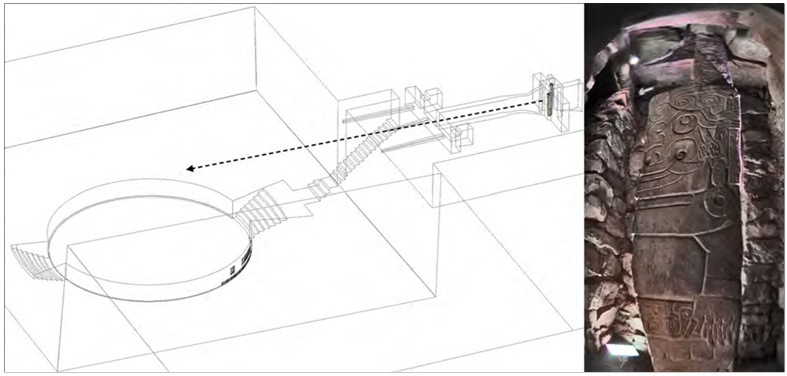
article by Kolar, Acoustics Today
Kolar’s team, including acousticians and archaeologists, analyzed how Pututu functioned in Chavín’s spaces. Early studies by John W. Rick and David Lubman measured their loudness, confirming they could carry sound far. Later experiments, starting in 2008 at Stanford’s Center for Computer Research in Music and Acoustics, explored their full range. Performers like La Rosa played the horns in the Museo Nacional Chavín, revealing techniques that produced varied effects, from tonal calls to animal-like roars.
On-site tests with replicas showed how Pututus interacted with Chavín’s architecture. In galleries, sound resonated briefly, suiting rhythmic or vocal effects. In plazas, echoes created a layered soundscape, ideal for processions or announcements. These findings, grounded in physical evidence, confirm the horns were central to rituals, possibly coordinating events or marking key moments.
Pututus Legacy of Craft and Sound
The Pututus of Chavín de Huántar embodied profound social and ritual significance. Transported across Peru, meticulously crafted, and skillfully played, they were integral to ceremonies that shaped Andean tradition. Their distinct engravings and resonant tones marked identity and status, reinforcing their cultural importance. As testaments to ancient ingenuity, they reveal how a natural resource became woven into the spiritual and musical fabric of Chavín society.
Come back to AncientHistoryX for more tales of ancient hidden gems.

